Neurological Balance and Medical Disorders
- Seizure Disorders in Children: Symptoms, Diagnosis, and Therapy
- Tourette Syndrome in Children: Symptoms, Diagnosis & Therapy Options
- Substance Use Disorders in Youth: Effects, Signs & Therapy Support
- Cerebral Palsy in Children: Symptoms, Types & Therapy Support
- Pediatric TBI & Concussions: Symptoms, Recovery & Therapy Support
- Pediatric Migraines: Symptoms, Triggers & Therapy Support
- Ehlers-Danlos Syndrome in Children: Symptoms, Types & Therapy Support
- BPPV: Causes, Symptoms & Treatment with Physical Therapy
- Vestibular Disorders: Symptoms, Causes & Therapy Support for All Ages
- Parkinson’s Disease: Symptoms, Treatment & Therapy Support
- Post-Stroke Rehab & CVA Recovery: Find Therapists for Stroke Rehabilitation
- Ataxia: Causes, Symptoms & Rehab Therapies
- Peripheral Neuropathy: Causes, Symptoms & Rehab
- Delayed Motor Milestones in Children | Early Signs, Causes & Therapy
- Hypotonia (Low Muscle Tone) in Children: Symptoms, Causes & Therapy
- Spina Bifida in Children: Types, Symptoms & Therapy Options
- Tic Disorders in Children: Symptoms, Types & Therapy Support
- Down Syndrome
Parkinson’s Disease: Symptoms, Treatment & Therapy Support

Authored by: The DrSensory Editorial Team
Reviewed by: 🛡️ DrSensory Clinical Review Board – Doctor of Therapy Rehab Division
Last updated: June 2025
Parkinson’s Disease: Symptoms, Stages & Therapy Strategies for Better Living
What Is Parkinson’s Disease?
Parkinson’s Disease (PD) is a progressive neurodegenerative disorder that affects movement, muscle control, and balance. It results from the gradual loss of dopamine-producing neurons in the brain, particularly in the substantia nigra.
While most commonly diagnosed in older adults, Parkinson’s can also affect younger individuals in what is called Young-Onset Parkinson’s Disease (YOPD).
There is no cure for Parkinson’s, but early intervention with therapy can significantly slow progression and enhance quality of life in addition to using medications specific for Parkinson’s.
Key Symptoms of Parkinson’s Disease
Parkinson’s symptoms develop gradually and vary from person to person. The core motor symptoms include:
Motor Symptoms
- Tremor (usually starting in one hand at rest)
- Bradykinesia (slowness of movement)
- Rigidity (muscle stiffness)
- Postural instability (poor balance, falls)
Non-Motor Symptoms
- Speech and swallowing difficulties
- Cognitive changes or dementia (in later stages)
- Sleep disturbances
- Constipation and urinary urgency
- Mood disorders like depression and anxiety
Fatigue
Non-motor symptoms can be present years before diagnosis, making early screening and therapy essential.
What Causes Parkinson’s Disease?
- The exact cause remains unknown, but several risk factors include:
- Age (most cases occur after age 60)
- Genetics (mutations in LRRK2, PARK7, etc.)
- Environmental exposures (pesticides, heavy metals)
- Head trauma history
- Male sex (slightly higher risk)
- Researchers believe Parkinson’s is caused by a combination of genetic predisposition and environmental triggers.
Stages of Parkinson’s Disease
Parkinson’s is typically described in five stages:
- Stage 1 – Mild symptoms, typically one-sided tremor or stiffness
- Stage 2 – Symptoms on both sides; mild gait and balance issues
- Stage 3 – Noticeable balance problems; independent but limited
- Stage 4 – Severe motor symptoms; assistance needed for daily tasks
- Stage 5 – Wheelchair-bound or bedridden; 24/7 care required
Early-stage therapy can help prolong mobility and independence.
Diagnosis of Parkinson’s Disease
There is no single definitive test. Diagnosis is clinical and may include:
- Neurological exam
- Medical history
- Response to dopamine medication
- MRI or DaTscan imaging (to rule out other causes)
Diagnosis is typically made by a neurologist, often with input from a movement disorder specialist.
Therapy Options for Parkinson’s Disease
While medication is a cornerstone of treatment, therapy is essential for managing symptoms, improving function, and maintaining independence.
Physical Therapy (PT)
- Improves mobility, balance, and gait
- Targets strength and posture
- Addresses fall prevention
- Includes LSVT BIG® programs designed for Parkinson’s
Occupational Therapy (OT)
- Helps maintain daily living skills (dressing, writing, cooking)
- Recommends adaptive tools and strategies
- Assists with fatigue management
- Modifies the home environment for safety
Speech Therapy (SLP)
- Addresses voice volume and clarity (LSVT LOUD® therapy)
- Helps with swallowing difficulties (dysphagia)
- Supports communication as speech and cognition decline
Early involvement of therapists helps patients remain active, independent, and confident longer.
How DrSensory Helps You Get Parkinson’s Therapy Support
DrSensory makes it simple to find therapists experienced in neurodegenerative disorders like Parkinson’s:
- Search by location, specialty, and age group
- Filter for therapists offering LSVT BIG/LOUD®, balance rehab, or assistive device training
- Choose between in-person and virtual sessions
- View verified therapist credentials and patient reviews
Frequently Asked Questions (FAQ)
Is Parkinson’s curable?
No, Parkinson’s is a chronic, progressive condition. However, medications, therapy, and lifestyle changes can significantly manage symptoms and improve quality of life.
What’s the difference between Parkinson’s and Parkinsonism?
Parkinsonism is a term used to describe conditions that mimic Parkinson’s symptoms (e.g., tremor, stiffness) but may have different causes or progression. Parkinson’s Disease is the most common form of Parkinsonism.
What therapies are most effective for Parkinson’s?
A combination of physical therapy, occupational therapy, and speech therapy is most effective. Specialized programs like LSVT BIG and LSVT LOUD have shown great success in enhancing mobility and communication.
Can Parkinson’s start in younger adults?
Yes. Young-Onset Parkinson’s Disease (YOPD) occurs before age 50. It progresses more slowly but may require longer-term planning and therapy support.
How does exercise help Parkinson’s?
Regular aerobic and strength-based exercise improves mobility, balance, and brain function. Structured programs like Rock Steady Boxing and tai chi have also shown benefit.
Can therapy slow the progression of Parkinson’s?
Therapy can’t stop the disease, but it can delay physical decline, reduce fall risk, improve function, and preserve independence—especially when started early.
This page provides general educational content and is not a substitute for professional medical advice. Always consult a licensed provider for diagnosis and treatment.
View privacy policy, copyright and trust info
More on Neurological Balance and Medical Disorders

- Seizure Disorders in Children: Symptoms, Diagnosis, and Therapy
- Tourette Syndrome in Children: Symptoms, Diagnosis & Therapy Options
- Substance Use Disorders in Youth: Effects, Signs & Therapy Support
- Cerebral Palsy in Children: Symptoms, Types & Therapy Support
- Pediatric TBI & Concussions: Symptoms, Recovery & Therapy Support
- Pediatric Migraines: Symptoms, Triggers & Therapy Support
- Ehlers-Danlos Syndrome in Children: Symptoms, Types & Therapy Support
- BPPV: Causes, Symptoms & Treatment with Physical Therapy
- Vestibular Disorders: Symptoms, Causes & Therapy Support for All Ages
- Parkinson’s Disease: Symptoms, Treatment & Therapy Support
- Post-Stroke Rehab & CVA Recovery: Find Therapists for Stroke Rehabilitation
- Ataxia: Causes, Symptoms & Rehab Therapies
- Peripheral Neuropathy: Causes, Symptoms & Rehab
- Delayed Motor Milestones in Children | Early Signs, Causes & Therapy
- Hypotonia (Low Muscle Tone) in Children: Symptoms, Causes & Therapy
- Spina Bifida in Children: Types, Symptoms & Therapy Options
- Tic Disorders in Children: Symptoms, Types & Therapy Support
- Down Syndrome
Find a Therapist near you
Are you looking for a physical, occupational, or speech therapist in your area?
Look no further than the DrSensory Therapist Database and Clinic Directory!
Find a Therapist
Find the physical therapist, occupational therapist, or speech language pathologist you’re looking for!
Ask Us Anything
Whether you are looking for advice, have a general question about sensory processing, or looking for resources.
Submit Your Story
Share your story about your child. Let’s celebrate milestones and learn more about challenges.





















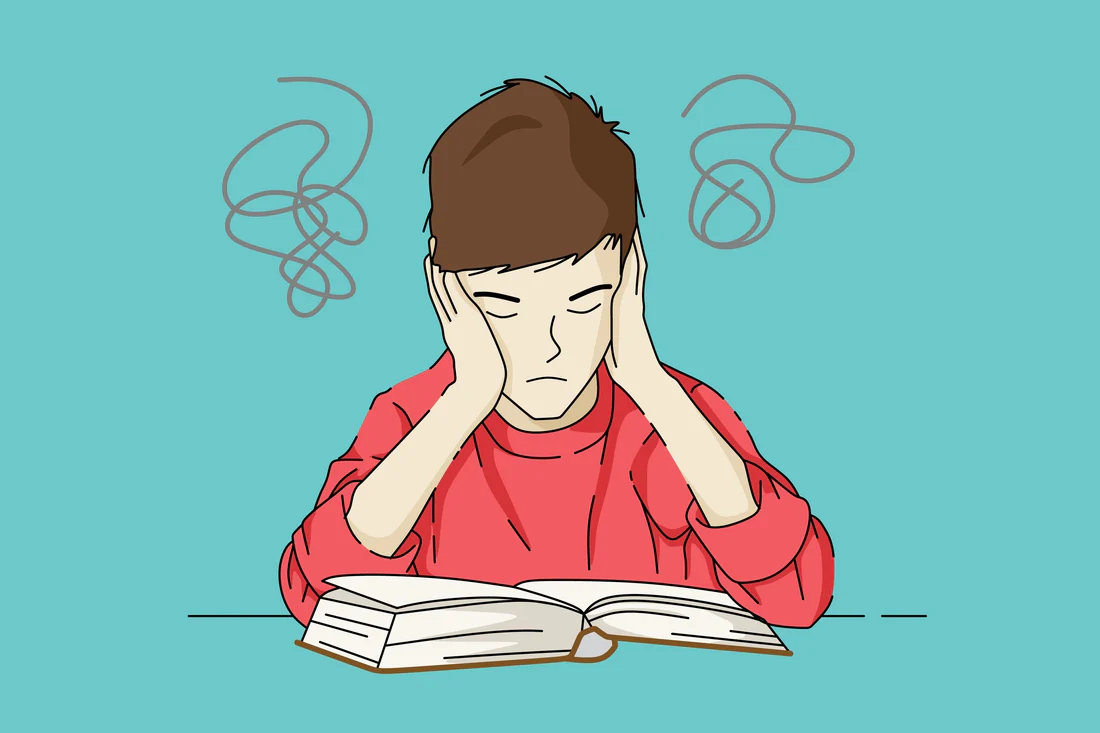
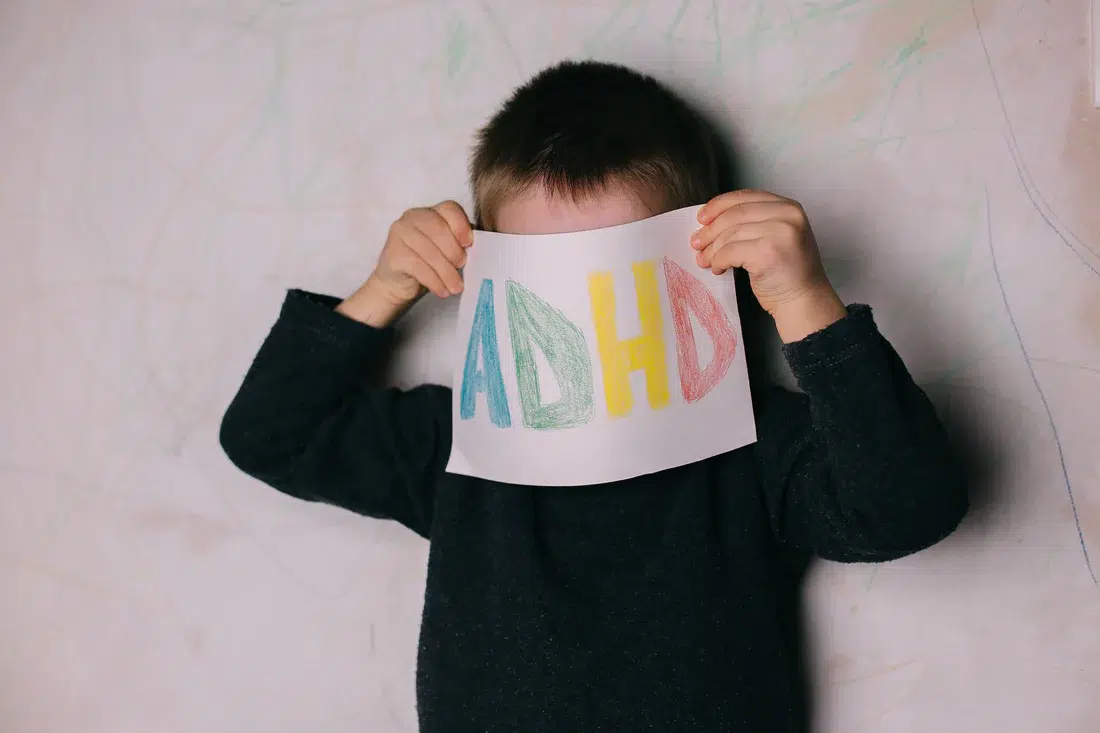


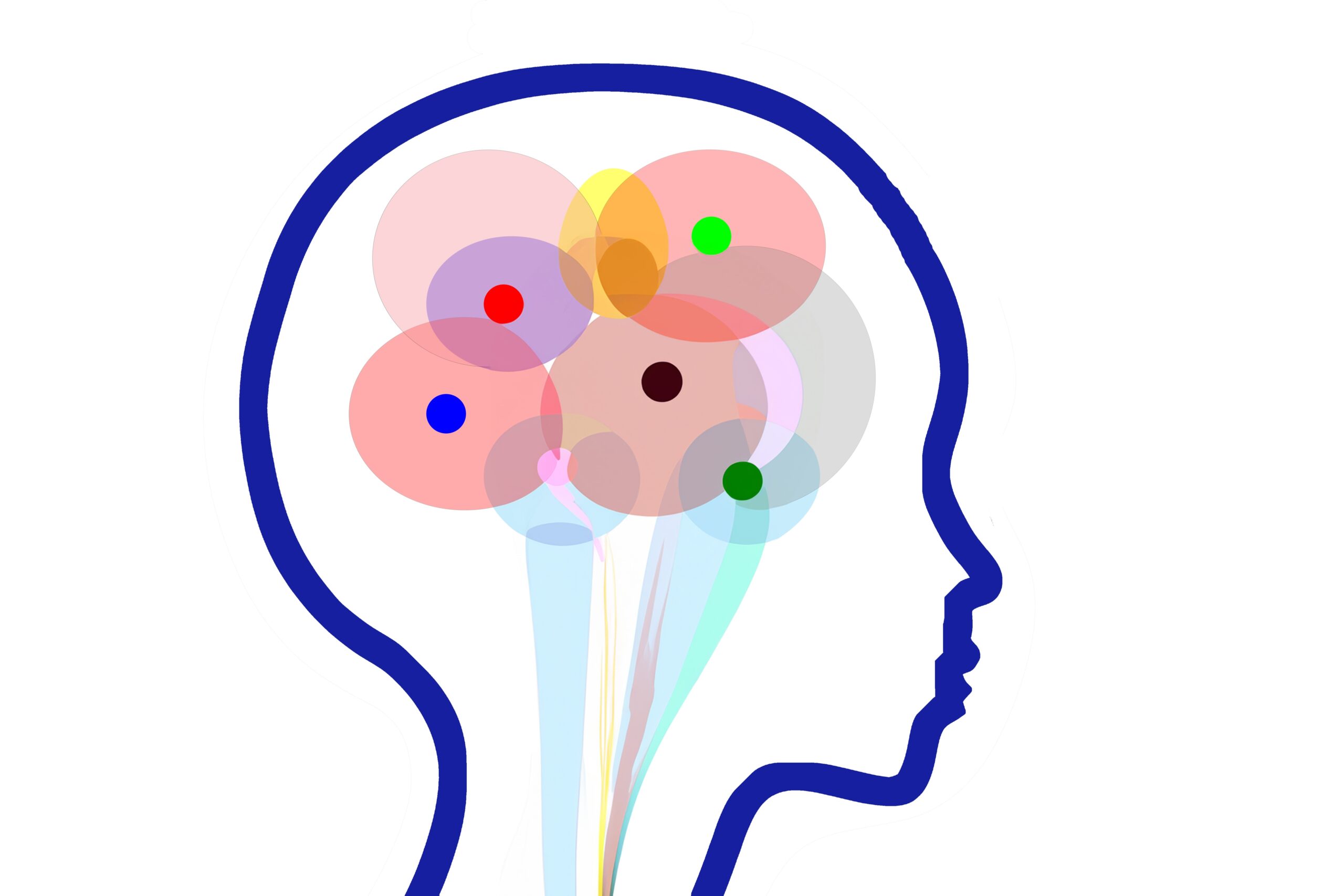
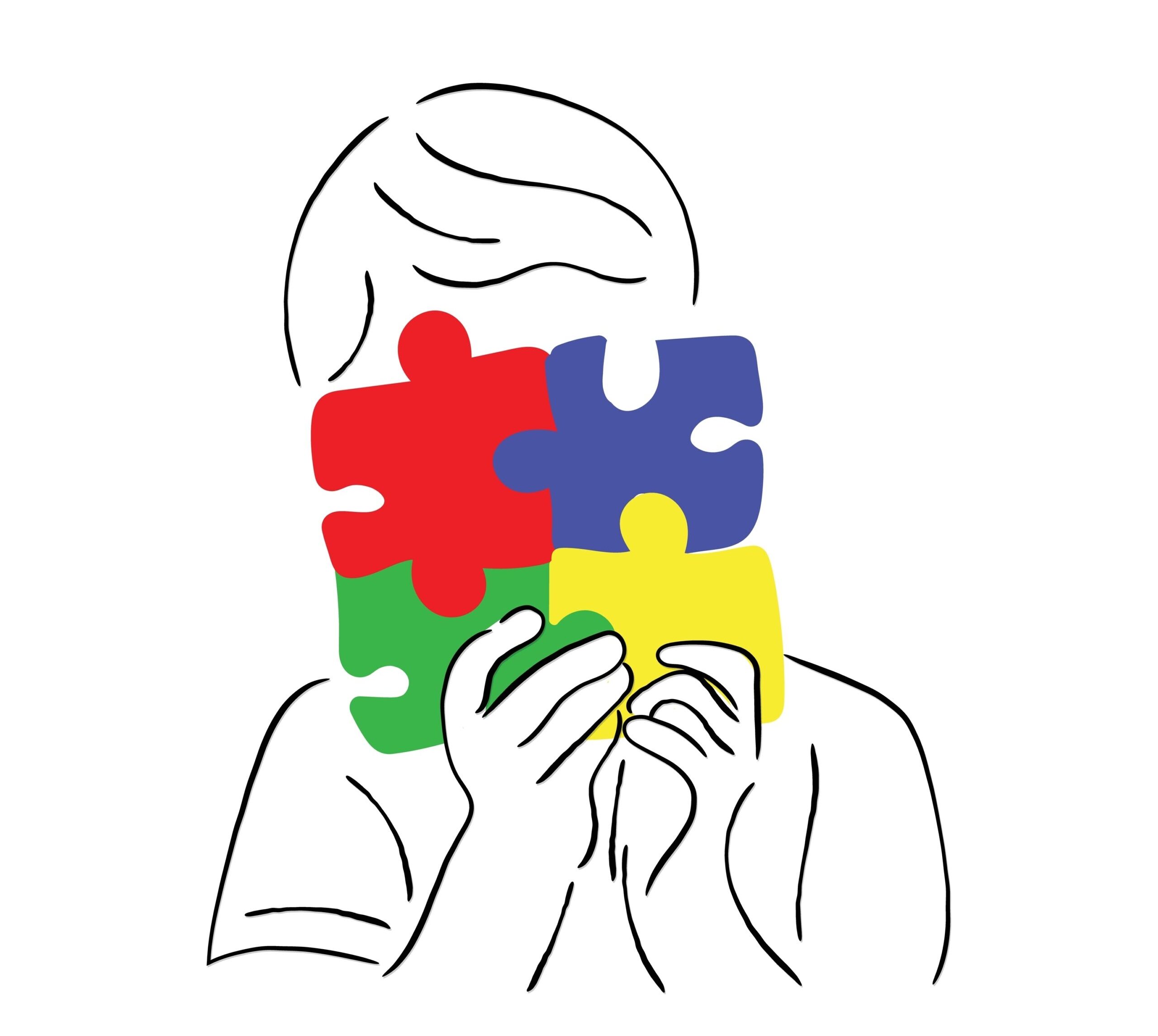
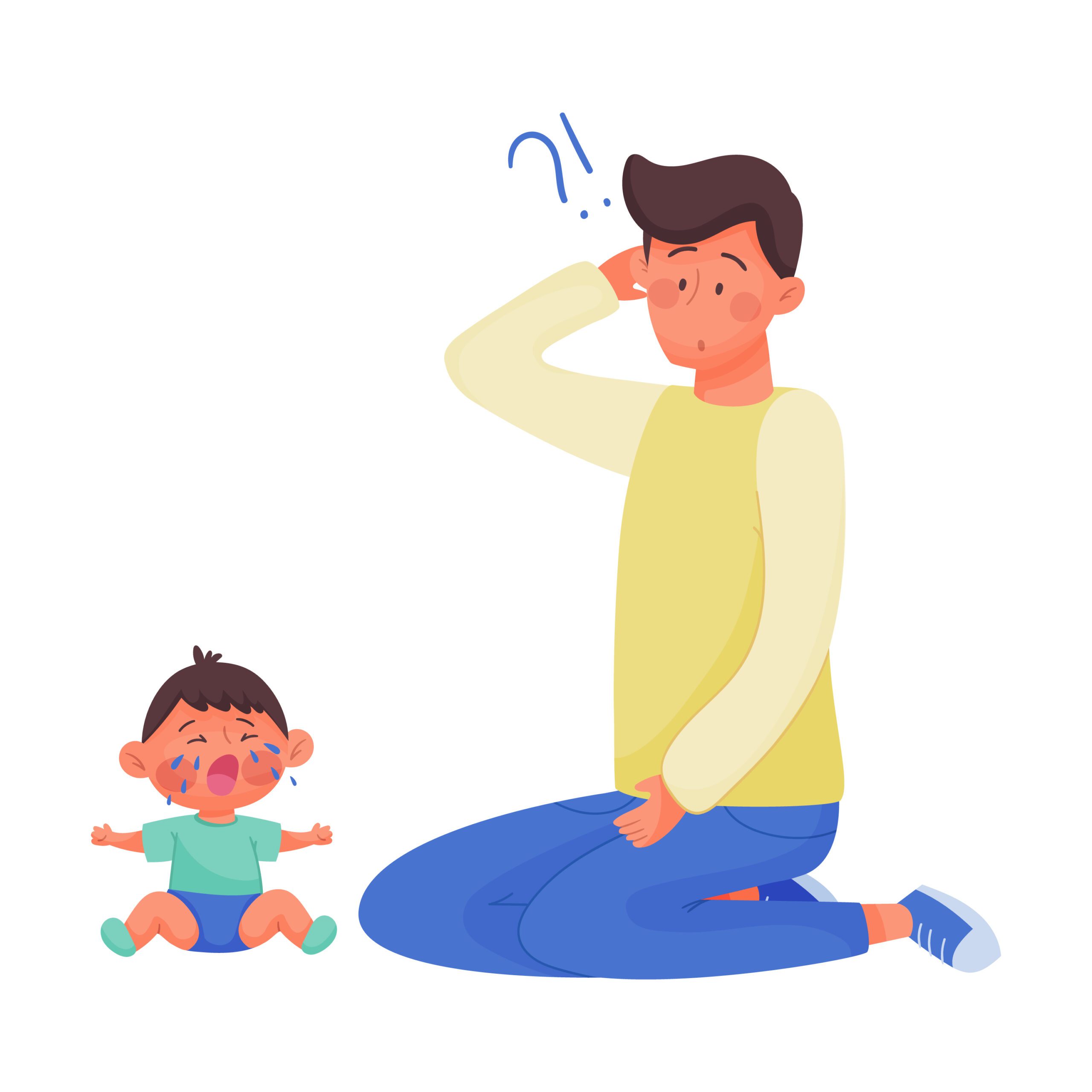

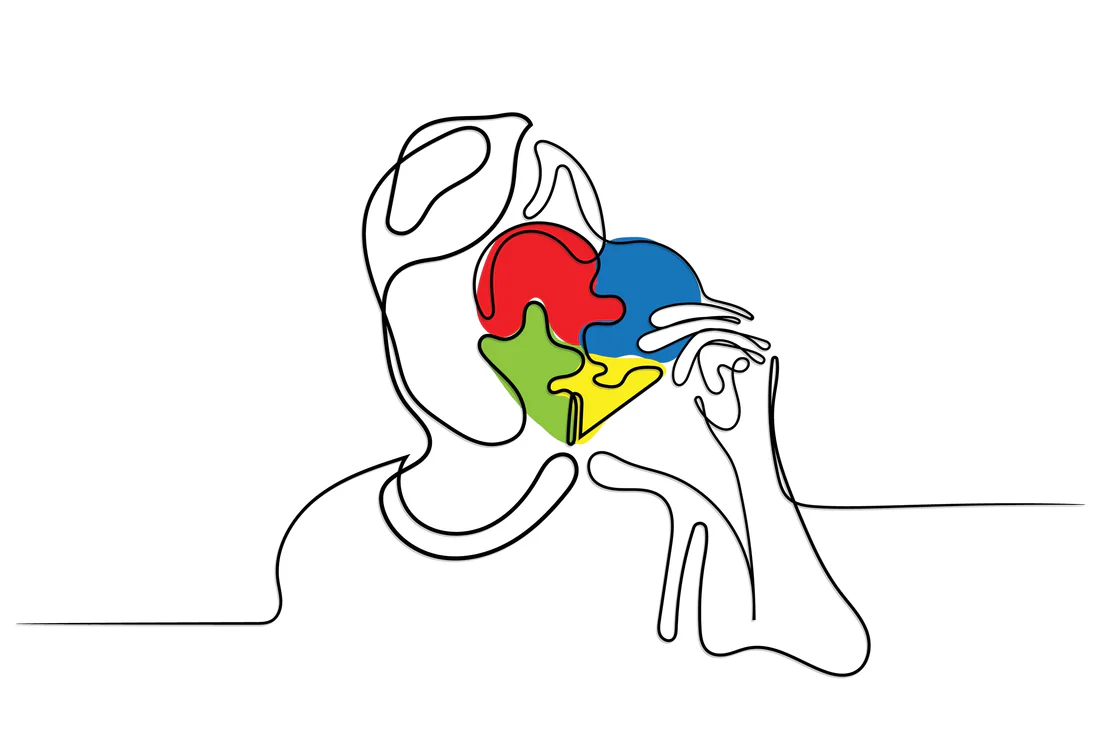










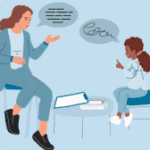 Speech Therapy
Speech Therapy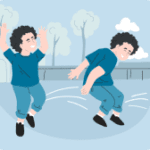 Physical Therapy
Physical Therapy Occupational Therapy
Occupational Therapy




